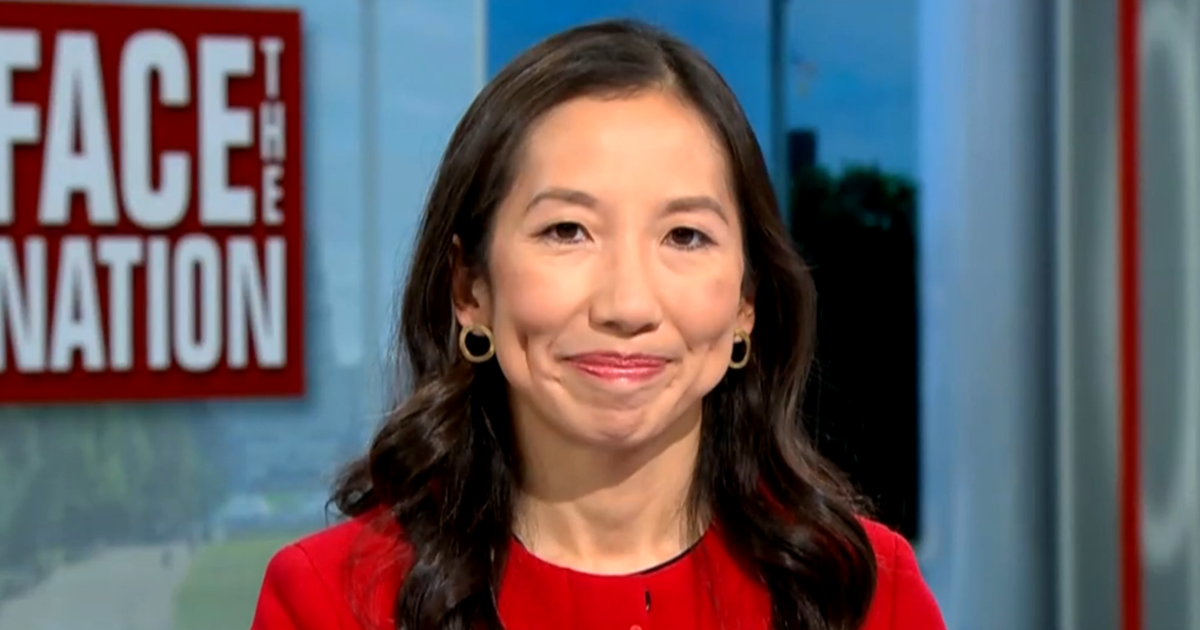Juggling multiple maxed-out credit cards? Do these 5 things now
For many Americans, juggling multiple maxed-out credit cards has become an unfortunate reality. The convenience of plastic, coupled with today's high interest rates, the rising costs of living and sometimes poor financial decisions, can lead to a rapid accumulation of debt across multiple cards. Before you know it, you're struggling to stay on top of your credit card payments and watching your available credit disappear.
While carrying any amount of credit card debt can impact your financial freedom, having multiple maxed-out cards can feel especially overwhelming. The interest charges on these high balances can compound quickly, after all, making it seem impossible to get ahead. It's crucial to remember, though, that no matter how daunting your situation may appear, there are steps you can take to regain control of your finances.
Don't wait for your credit card debt to compound. Learn about your debt relief options here.
5 things to do if you have maxed-out credit cards
If you're currently juggling multiple maxed-out credit cards, here are a few moves to consider making now:
Stop using your credit cards immediately
The first and most crucial step in addressing your maxed-out credit cards is to stop using them entirely. Cut them up if necessary, take them out of your digital wallets and remove them from any online shopping accounts. This prevents you from digging yourself into an even deeper hole.
Use cash or a debit card for your daily expenses instead. This can help you become more aware of your spending and make it easier to stick to your budget. Remember, every dollar you don't charge to your credit cards is a dollar less you'll have to repay with interest.
Start comparing the top debt relief options available to you now.
Contact all your card issuers to negotiate
With multiple maxed-out cards, you're likely paying a small fortune in interest, but you may not have to. Reach out to each credit card issuer and explain your situation. You may be able to negotiate lower interest rates with each, which can significantly reduce the amount you'll pay over time.
Some issuers also offer hardship programs that can temporarily lower your payments or interest rates. Don't be afraid to ask. The worst they can say is no, and you might be surprised at how willing they are to work with you, especially if you have a history of on-time payments.
Prioritize your debts with a payoff strategy
For many cardholders, it's crucial to have a structured payoff strategy when dealing with high amounts of card debt. Two popular methods are the debt avalanche and snowball approaches.
The avalanche method involves focusing on the card with the highest interest rate first while making minimum payments on the others. This approach saves you the most money in interest over time.
The snowball method targets the card with the smallest balance first. While this might not save you as much in interest, it can provide quick wins that keep you motivated as you tackle your larger debts.
Explore balance transfer options
If you have good credit despite your maxed-out cards, you might be eligible for a balance transfer credit card. These cards typically offer a 0% introductory APR period (usually ranging from 12 to 21 months) on transferred balances.
Transferring your high-interest debts to a 0% APR card can give you a break from accruing interest, allowing more of your payments to go toward the principal. This can be especially helpful when juggling multiple cards. Make sure, though, that the potential savings outweigh the costs of any balance transfer fees.
Consider your debt relief options
In some cases, you may also want to consider the services offered by professional debt relief companies, which specialize in helping borrowers manage and reduce their debt burdens. The debt relief options they typically offer include:
- Debt consolidation: With debt consolidation, you take out a single loan (typically with a lower interest rate) to pay off all your credit card debts. This leaves you with one monthly payment, simplifying your payments and potentially reducing the interest charges.
- Debt management: With a debt management plan, the experts negotiate with your creditors to lower your interest rates and possibly waive certain fees, helping to lower your monthly costs and potentially get you out of debt faster.
- Debt forgiveness: For those in severe financial distress, debt relief companies may propose debt forgiveness, in which the company negotiates with your creditors to accept less than the full amount you owe in return for a lump-sum payment.
While debt relief companies can provide valuable services, they typically charge fees for their work, so carefully consider whether the potential benefits outweigh the costs. It's also important to understand that some debt relief strategies may have negative impacts on your credit score, at least in the short term.
The bottom line
Juggling multiple maxed-out credit cards can feel overwhelming, but it's important to remember that you have options. By taking proactive steps – from negotiating with creditors to exploring debt relief strategies and consolidation options – you can begin to regain control of your financial situation. So start today, stay committed and look forward to a future where you're no longer dealing with credit card debt that's hard to pay off.




